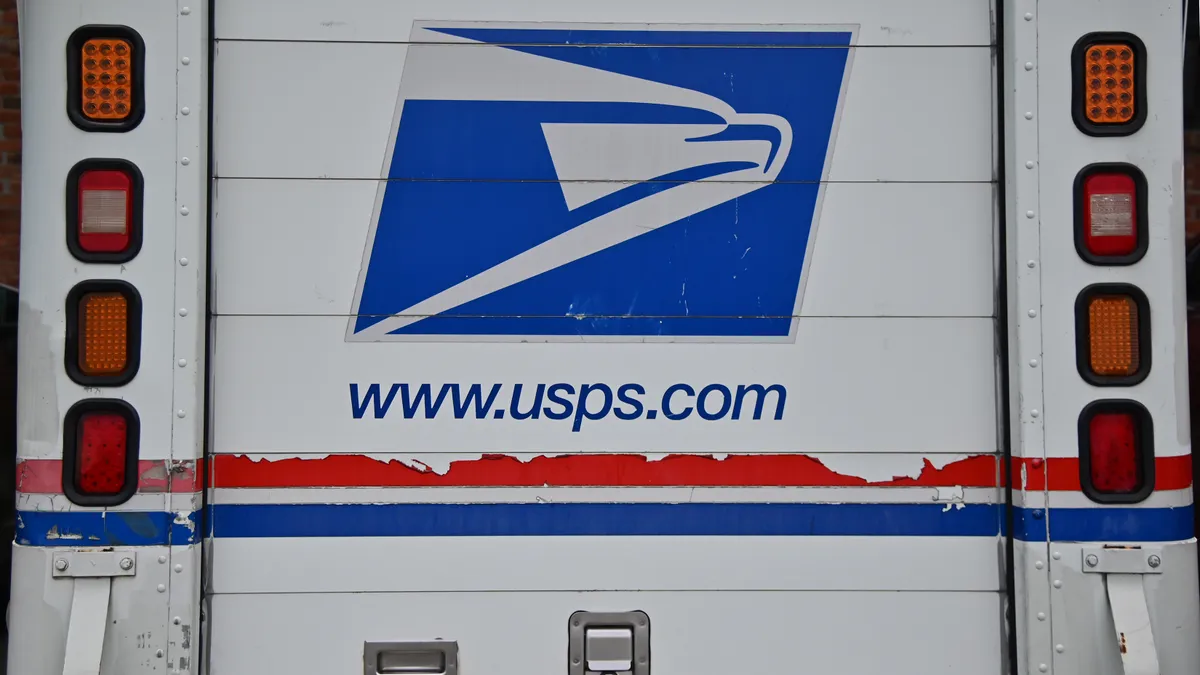Employment immigration laws have not changed in the past two years, but the situation surrounding them has and that, according to management-side attorneys who spoke to HR Dive, is enough to give even the most sophisticated employers headaches.
From jams in the immigration machine to the emergence of hybrid and remote work, these experts warn there are a number of potential pitfalls that could lead to problems if not approached proactively.
Where have your H-1B workers gone?
Relocations can be initiated by either an employer or an employee, Melissa Malone, associate at Ogletree Deakins, told HR Dive in an interview. But in an increasingly competitive job market, some employees — especially those with in-demand skills — seek relocations that allow them to work remotely.
Remote worker relocations already pose their fair share of questions, but the matter is even more complex when an employee holds a coveted employment visa, such as an H-1B visa. Malone said she has seen instances in which visa holders relocated during the pandemic without first informing their employers. When the truth gets out, these employers may suddenly find themselves having to work backward to get into compliance, Malone said.
The problem lies in the fact that when an employer wants to submit an H-1B visa petition, it must first complete a Labor Condition Application which must then be certified by the U.S. Department of Labor. The LCA requires the employer to attest that it will pay the visa holder “a wage which is no less than the wage paid to similarly qualified workers or, if greater, the prevailing wage for the position in the geographic area in which the H-1B worker will be working,” according to U.S. Citizenship and Immigration Services.
A change in an H-1B employee’s work location placing the employee in a metropolitan statistical area, outside the employee’s area of intended employment, would constitute a material change and necessitate the filing of an amended or new H-1B petition reflecting the new location, attorneys Eileen Scofield and Kerri-Ann Griggs of Alston & Bird LLP told HR Dive in an email.
“As remote work becomes a more popular request, employers need to ensure that they have a roster of the visa statuses of their foreign national workers, their prospective work locations, if remote work will be permitted, and assess whether and when an amended petition [may] need to be filed with [USCIS],” Scofield and Griggs said.
Malone similarly recommended that employers have a system in place for tracking where employees are working from, even if they have moved on a temporary basis. She added that employers may want to take location into account both at the time that an H-1B petition is being filed and throughout the duration of the visa holder’s employment.
Under the short-term placement option, employers may have the option of temporary placement of an H-1B worker at a location not listed on the worker’s LCA , said Kathy Khol, partner at Fragomen, Del Rey, Bernsen & Loewy LLP, but they may be subject to additional obligations and limitations in doing so.
“H-1B doesn’t allow for an employee to be essentially roving unless the employer is willing to file H-1B amendments,” Khol added.
Pay, qualifications conundrums
Similarly, the movement of H-1B visa holders also may present important compensation questions. Prevailing wage levels vary by location, Scofield and Griggs said; if a technology employee on an H1-B moves from Georgia to California, for example, the worker’s wage level would change.
And because the H-1B program requires that employees are paid the higher of either the wage paid to similarly qualified workers or the prevailing wage for the given area, that could mean larger payouts from the employer. This can further conflict with an employer’s established policies around pay increases.
“You can see where increasing an H-1B worker’s salary for the sole reason that they changed work location could be problematic,” Scofield and Griggs said. “This could trigger an allegation of discrimination based on national original by a U.S. worker who feels the H-1B worker’s salary was increased solely because it was necessary to secure a visa for the worker and that this constitutes unfair treatment.”
Pay transparency laws, on the rise at the state level, also may be a factor to consider, Khol said. Where states like Colorado require employers to post wage ranges on their job advertisements, employers may need to take the prevailing wage components of the H-1B program into account when posting advertisements for U.S. candidates, she noted.
Similarly, an employer’s decision to drop certain qualification criteria for U.S. candidates, such as a college degree, for a job that the employer also plans to fill with an H-1B visa holder, could lead to additional problems. “If a Bachelor’s degree is no longer required [for a given role], that could create some possible scrutiny for H-1B petitions,” said Khol, who noted that some technology industry employers have encountered this issue when seeking to expand their talent pools.
Documentation questions
The U.S. Immigration and Customs Enforcement decision to introduce virtual review of Form I-9 documents, a policy extended through Oct. 31, was initially a pandemic-driven safety measure. The agency plans to make virtual review a permanent feature; its proposal is currently under White House review.
For now, employers who utilize I-9 virtual review are still required to obtain and inspect copies of Section 2 documents within three business days, retaining them thereafter, Scofield and Griggs said.
Additionally, within three business days of “resumption of normal operations” or the end of ICE’s policy, all employees who were onboarded using virtual verification must report in-person to their employer for verification of identity and employment eligibility documentation, Scofield and Griggs continued.
Alternatively, employers may use an authorized representative who will act on their behalf to complete Section 2 of an employee’s Form I-9; “For a variety of reasons, the authorized representative is or may be a better option than the virtual review under the temporary flexible policy,” Scofield and Griggs said.
Delays, delays, delays
In the background of these issues, employers continue to grapple with immigration systems that have slowed to a crawl in many countries.
“It’s rough out there,” Malone said. “Consulates have not recovered to their pre-pandemic productivity levels. We are still seeing backlogs, which means practically significant delays in appointment availability.”
The slowdown has previously been cited by observers as a potential cause for a decline in preliminary H-1B visa applications in 2021. Wait times also vary by country, with the soonest available appointments at consulates in China and India extending into July 2023, Malone said.
“For employers, what that means is it’s going to be very difficult for their employees on H-1B visas and other visas, such as L-1, to be able to travel,” she continued. Malone said she has advised and recommended that employers place employees in line for visa appointments as early as possible if they have a need to travel in the near future.
Additionally, employers should be wary of errors like inconsistencies in visa stamps. Malone said she has seen instances where the stamp date, which should match the timeframe of employment, shows an incorrect timeframe, and said that sort of a mistake can extend an already lengthy process.





















